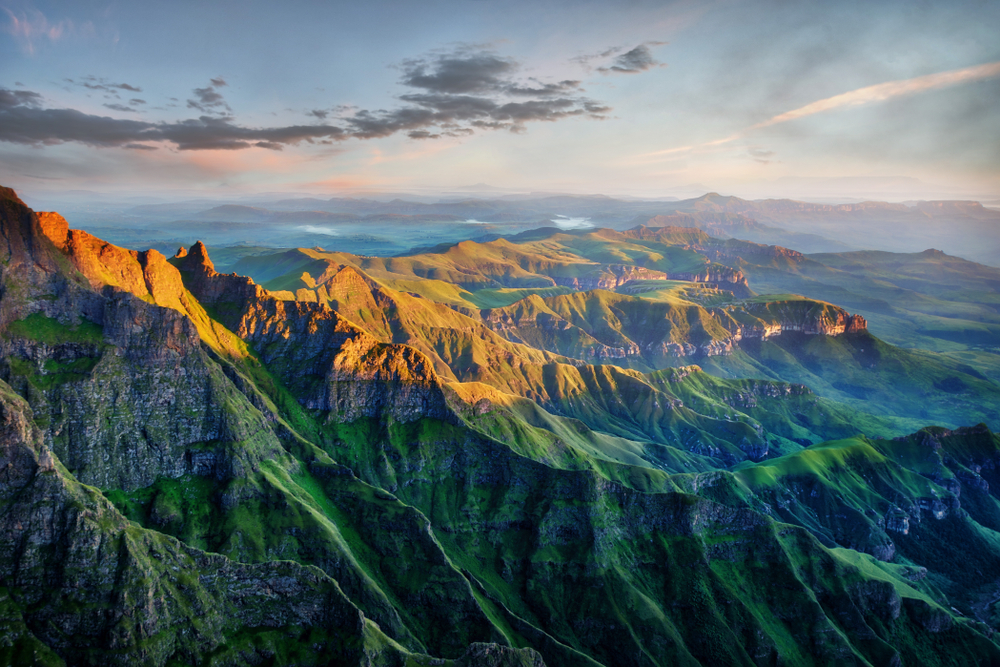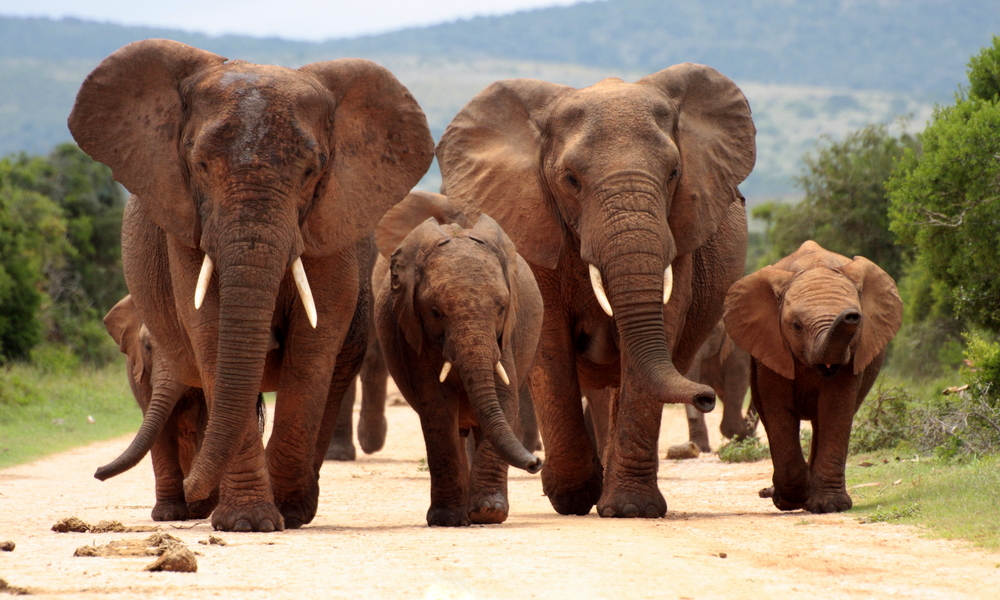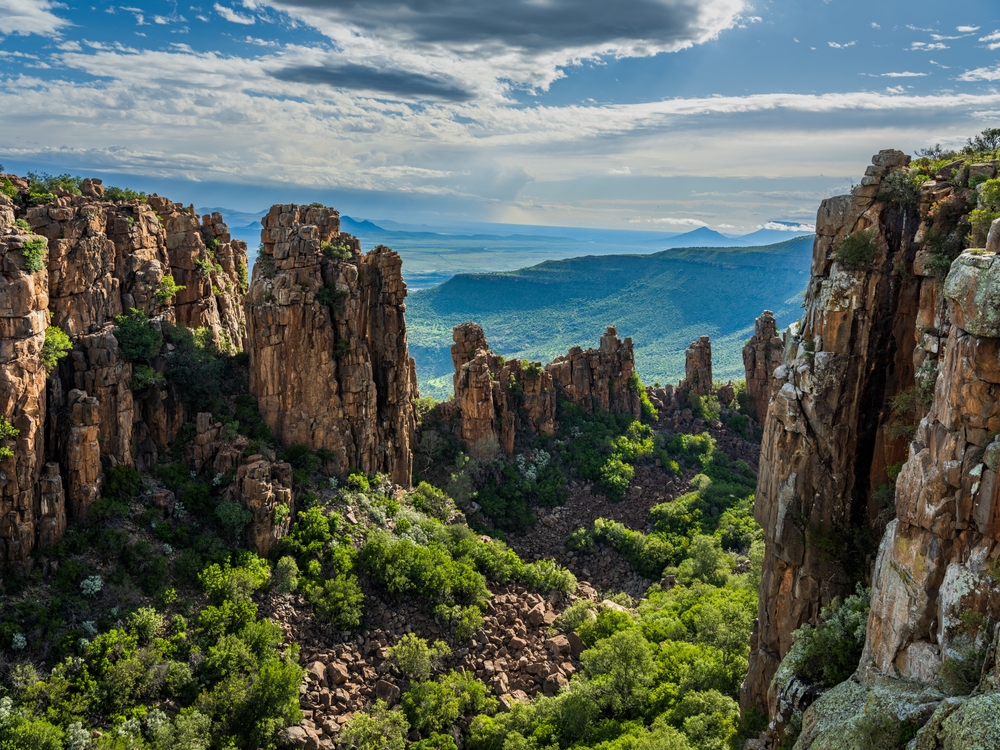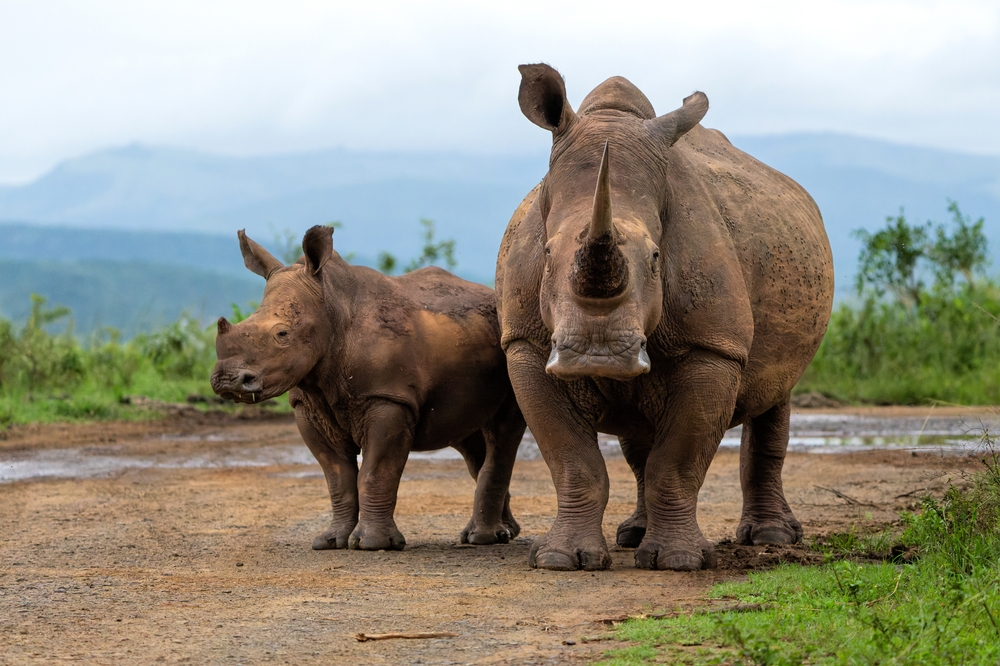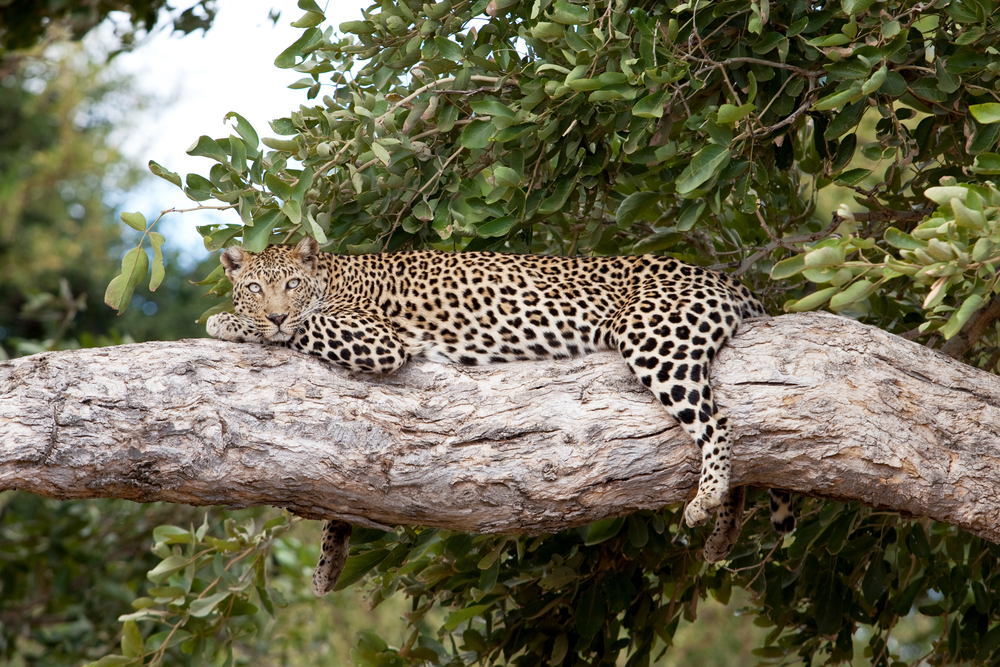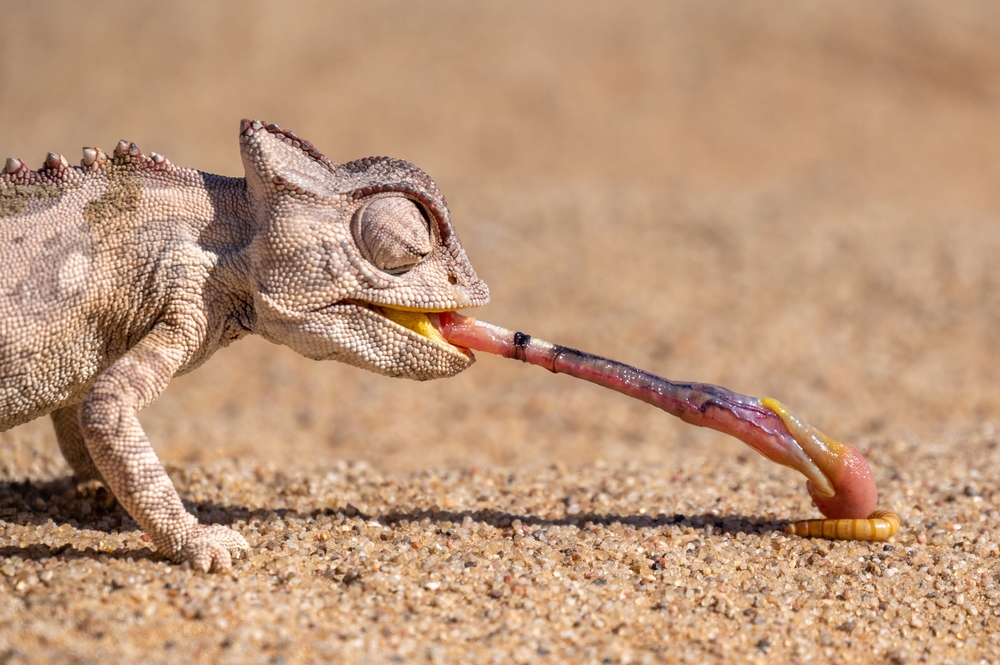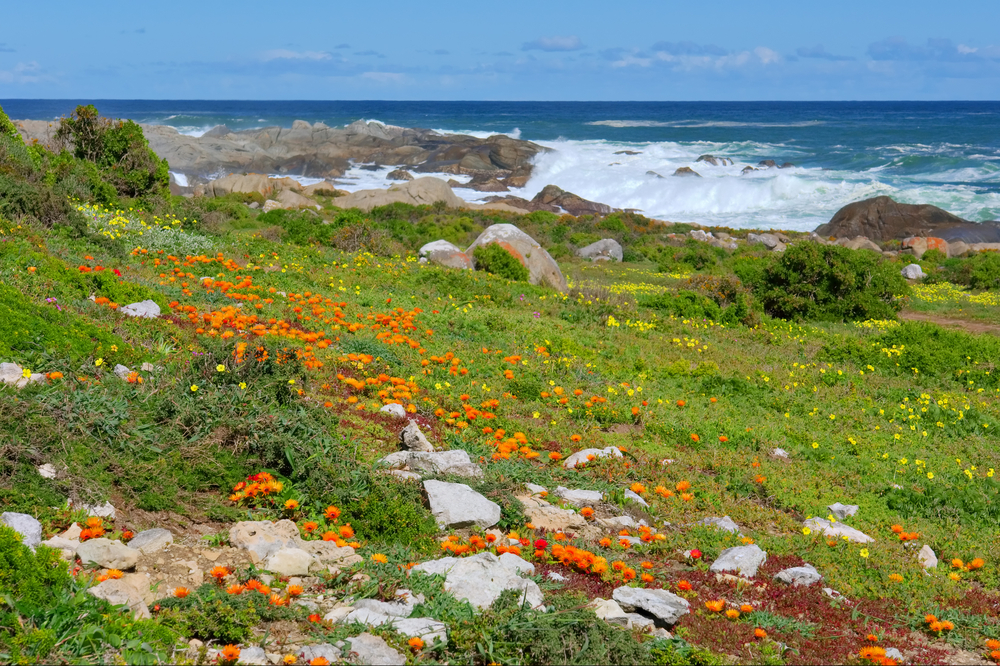Royal Natal Overview
Royal Natal National Park, known locally as “Koninklike Natal Nasionale Park”, is a breathtaking conservation area located in the northern Drakensberg Mountains of KwaZulu-Natal, South Africa. Established in 1916, the park spans approximately 80 square kilometers (31 square miles) and is celebrated for its dramatic landscapes, rich biodiversity, and outdoor adventure opportunities. It is part of the Maloti-Drakensberg Park, a UNESCO World Heritage Site, known for its stunning natural beauty and cultural significance.
The park’s terrain is dominated by the Amphitheatre, a massive rock wall stretching over 5 kilometers (3 miles) and rising to heights of 1,200 meters (3,937 feet). This iconic feature forms the headwaters of the Tugela River, which cascades down the escarpment in the Tugela Falls—the second-highest waterfall in the world, with a total drop of 948 meters (3,110 feet). Surrounding the Amphitheatre are rolling grasslands, deep valleys, and dense forests, creating a strikingly diverse landscape.
The vegetation in Royal Natal National Park includes montane grasslands, protea woodlands, and patches of indigenous forest. These ecosystems support a variety of wildlife. Large mammals such as eland, oribi, and mountain reedbuck roam the grasslands, while baboons and bushbuck can be spotted in forested areas. Birdlife is abundant, with over 200 species recorded, including the endangered bearded vulture, Cape vulture, and Drakensberg rockjumper. Reptiles, amphibians, and a rich diversity of insects further enhance the park’s ecological significance.
Visitors to Royal Natal National Park can enjoy numerous activities that showcase its natural beauty and adventure opportunities. Hiking is a major attraction, with trails ranging from easy walks to challenging routes like the Tugela Gorge Trail, which leads to the base of the Tugela Falls. For those seeking a panoramic experience, the Sentinel Peak hike offers breathtaking views of the Amphitheatre and surrounding landscapes. Horseback riding and mountain biking are also popular, providing unique ways to explore the park’s terrain. The Mahai and Rugged Glen campsites, as well as several picnic spots, allow visitors to immerse themselves in the tranquil environment.
Despite its beauty, Royal Natal National Park faces challenges, including erosion, invasive plant species, and climate change, which affect its ecosystems and water resources. Conservation efforts led by Ezemvelo KZN Wildlife focus on habitat restoration, alien species removal, and public education to promote sustainable tourism. The park also plays a role in protecting the water catchment areas vital for the region’s communities and ecosystems.
Royal Natal National Park is a jewel of South Africa’s natural heritage. Its dramatic landscapes, diverse wildlife, and opportunities for adventure make it a must-visit destination. Protecting this park ensures the preservation of its unique ecosystems and its role as a cultural and ecological treasure for future generations.








































































